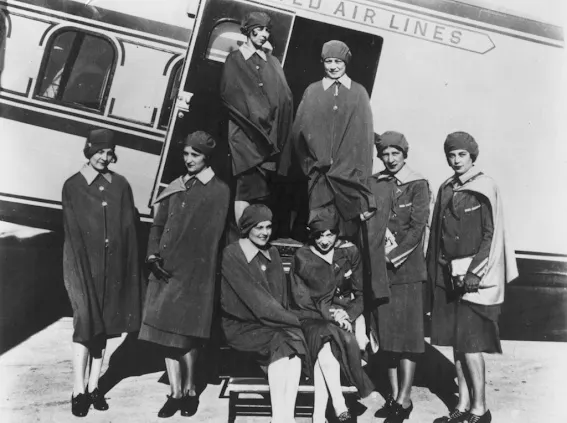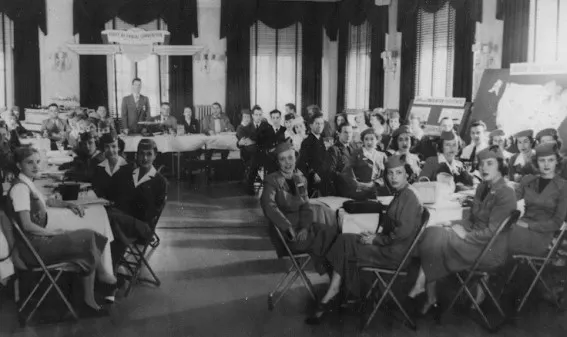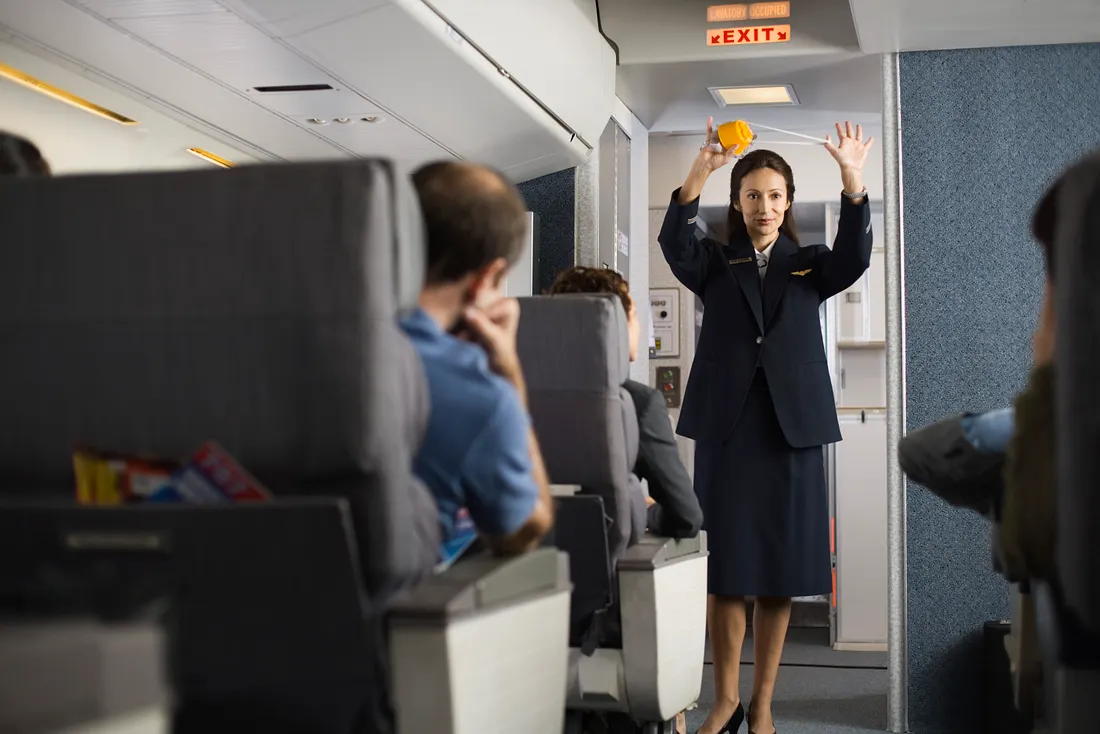Ellen Church’s Bold Move

It is a good thing that Ellen Church had the gumption not to accept ‘no’ as a final answer.
Ninety-five years ago, when Steve Simpson, Boeing Air Transport Office’s (forerunner of United Airlines) San Francisco District Manager rejected the licensed pilot’s job application to be a commercial pilot on the grounds the airline only hired male pilots, she convinced Simpson to hire her and use her nursing skills as a way to ease passengers’ fear of flying, help new fliers through airsickness and be useful during any medical emergencies.
Boeing Air Transport gave Church a three-month trial job which included recruiting and training seven other nurses (Jessie Carter, Cornelia Peterman, Inez Keller, Alva Johnson, Margaret Arnott, Ellis Crawford and Harriet Fry) to care for passengers. She single-handedly created the profession of stewardess, which today is known as flight attendant.

On May 15, 1930, Church made history when she and three other stewardesses boarded a Boeing 80A tri-motor plane in San Francisco, bound for Chicago, with 14 passengers and 13 stops along the way. Dressed in a crisp, tailored uniform inspired by her nursing profession, Church welcomed passengers, offered them fruit served on silver trays, and secured the cabin for takeoff.
The requirements for the new profession were rigid. In addition to being a registered nurse, stewardesses could weigh no more than 115 pounds, be no taller than 5 feet, 4 inches, must be single and could only work until they were 25 years old. And their duties were rigorous. In addition to attending to passengers, stewardesses helped haul luggage on board, screw down loose seats, fuel planes, and even help pilots push planes into hangers. The “Sky Girls,” as the airline called them, earned $125 per month for 100 hours of flying.

Other airlines followed Boeing Air Transport’s example, and by 1935 there were 197 female flight attendants and three male stewards in the United States. The airlines’ requirement that stewardesses be nurses ended during World War II due to the military’s acute need for nurses. Church enlisted for this role, and as a captain in the U.S. Army Air Forces cared for soldiers evacuated by air from North Africa and the Mediterranean areas.
At first, the FAA’s predecessor, the Civil Aeronautics Authority, did not regulate the profession. In 1952, though, a new rule required at least one cabin attendant be on board flights carrying 10 or more passengers or in aircraft more than 12,500 pounds maximum certificated takeoff weight.
Today, we recognize that flight attendants are first and foremost safety professionals. Beyond providing safety demonstrations before flights, they are extensively trained in evacuation procedures, in handling in-flight medical emergencies, in fighting aircraft cabin fires and in applying skilled conflict resolution and de-escalation techniques when passengers get unruly.

Related video: Flight Attendants Are There For Your Safety
Church’s legacy in helping to establish a safety profession that is now over 110,000 people strong is today appropriately recognized through the designation of her hometown airport, Cresco, Iowa Municipal Airport, as Ellen Church Field (KCJJ).
